Top tourism in the country
In the context of the country promoting institutional reform, administrative restructuring, and sustainable regional development, the merger of the three provinces of Dak Nong, Lam Dong, and Binh Thuan is opening up a new development space with great potential.
This is not only a strategic step in adjusting administrative boundaries, but also an opportunity to form a new growth pole in the South Central and Central Highlands regions.
.jpg)
Decision 759/QD-TTg of the Prime Minister agreed to merge Dak Nong province, Binh Thuan province and Lam Dong province into Lam Dong province. The administrative and political center is located in Da Lat city (Lam Dong) today.
Through research, the new Lam Dong province will converge many potentials, creating a driving force for sustainable economic development that few localities in the country have.
First of all, we must mention the tourism sector. Lam Dong is a locality recognized for its potential for tourism development, with many harmonious elements between forests and seas. The locality will be a land of many famous scenic spots for tourists from near and far.
.jpg)
The most prominent is the tourism brand of Da Lat City. This is the place known as the city of love, with the emotional love story of Langbiang.
Next is Tuyen Lam Lake Tourist Area, which is honored to be the first national tourist area of Vietnam. Many famous lakes such as Xuan Huong, Tuyen Lam, Than Tho, Da Thien… appear in the middle of the beautiful city of thousands of flowers, attracting a large number of tourists.
At the same time, the Dak Nong UNESCO Global Geopark system spans an area of 4,760 square kilometers, with about 65 geological and geomorphological heritage sites.
Among these, there is a system of nearly 50 caves, with a total length of more than 10,000m. The craters and waterfalls have created natural masterpieces that always urge visitors to explore.
Ta Dung Lake has an area of nearly 6,000 hectares of water surface, likened to Ha Long Bay in the Central Highlands, with great potential for green tourism development.
.jpg)
Along with that, Phan Thiet sea tourism with its ecosystem of tourist attractions always attracts sea-loving tourists such as: Doi Duong sea park, Ong Hoang tower.
Mui Ne with dozens of famous resort brands, still retains pristine fishing villages with traditional culture. This place also owns many pristine islands with thousands of years of natural beauty, especially Phu Quy Island... All the tourism potentials create for Lam Dong to develop green tourism according to global trends.
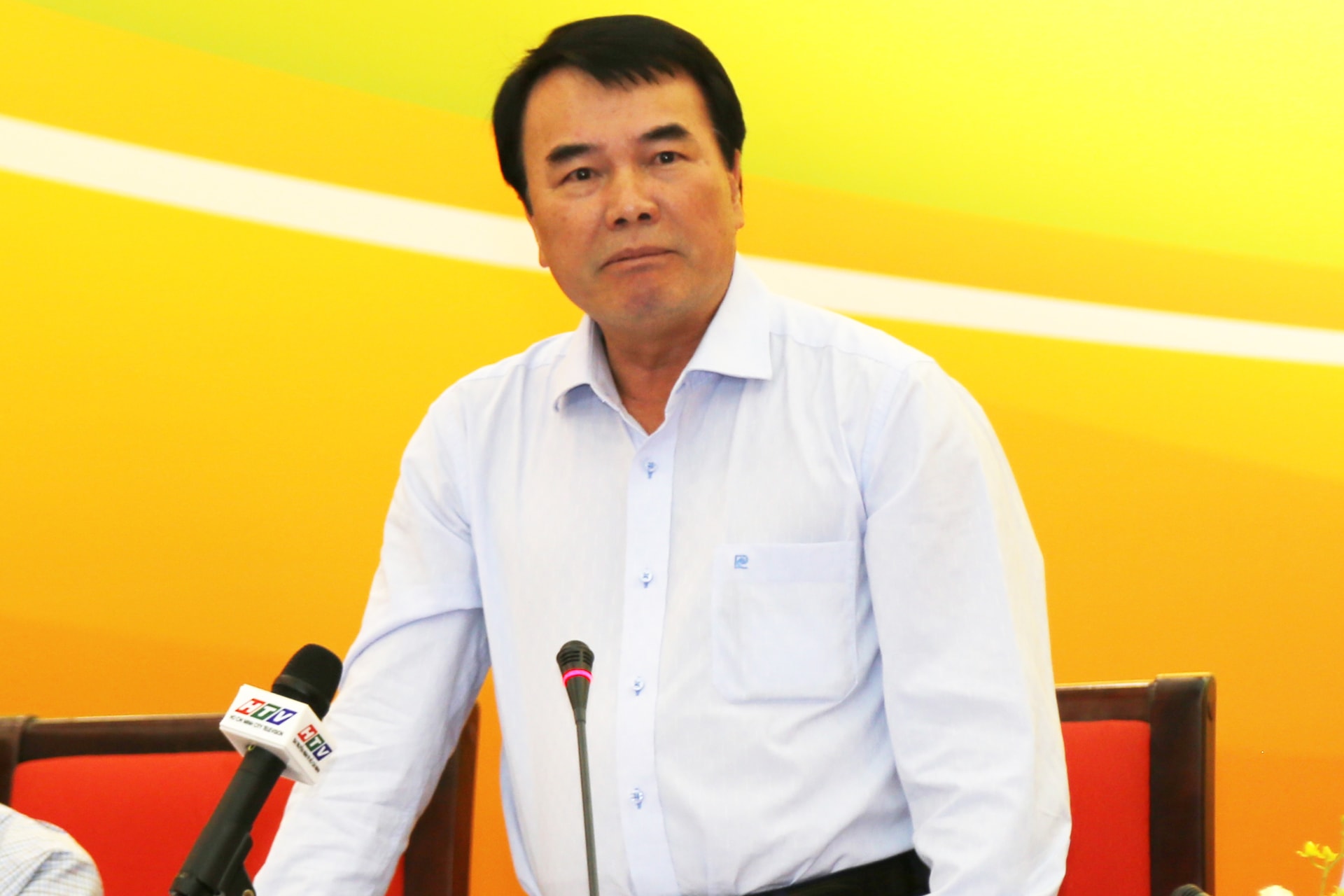
Evaluating Lam Dong tourism, former Chairman of Lam Dong Provincial People's Committee Pham S shared: "With its potential and advantages, Lam Dong can make a breakthrough in developing high-quality, sustainable tourism types. From resort tourism, community-based cultural tourism, festival - event tourism, ecology, agriculture to historical - cultural and natural heritage tourism. All create the uniqueness of local tourism".
.jpg)
To develop this sector, Lam Dong needs to focus on strongly transforming the tourism industry from quantity to high quality, from low-cost tourism to high-cost tourism.
Localities need deeper connections between domestic regions and countries and step up improvements to the investment environment to attract large-scale tourism projects.
After the merger, Lam Dong province has a natural area of about 24,233 km2 (ranking first in the country). The population of the province is 3,324,000 people (ranking 13th in the country). The GRDP of the province is up to 329,870 billion VND (ranking 8th in the country).
Closer to the national aluminum capital
Along with tourism, Lam Dong promises to contribute to the economic growth of the Central Highlands in particular and the country in general when the potential of minerals and bauxite is effectively exploited.
Lam Dong currently has over 30 types of minerals, most notably bauxite, titanium and other minerals such as kaolin, diatomite, bentonite, granite, peat, etc.
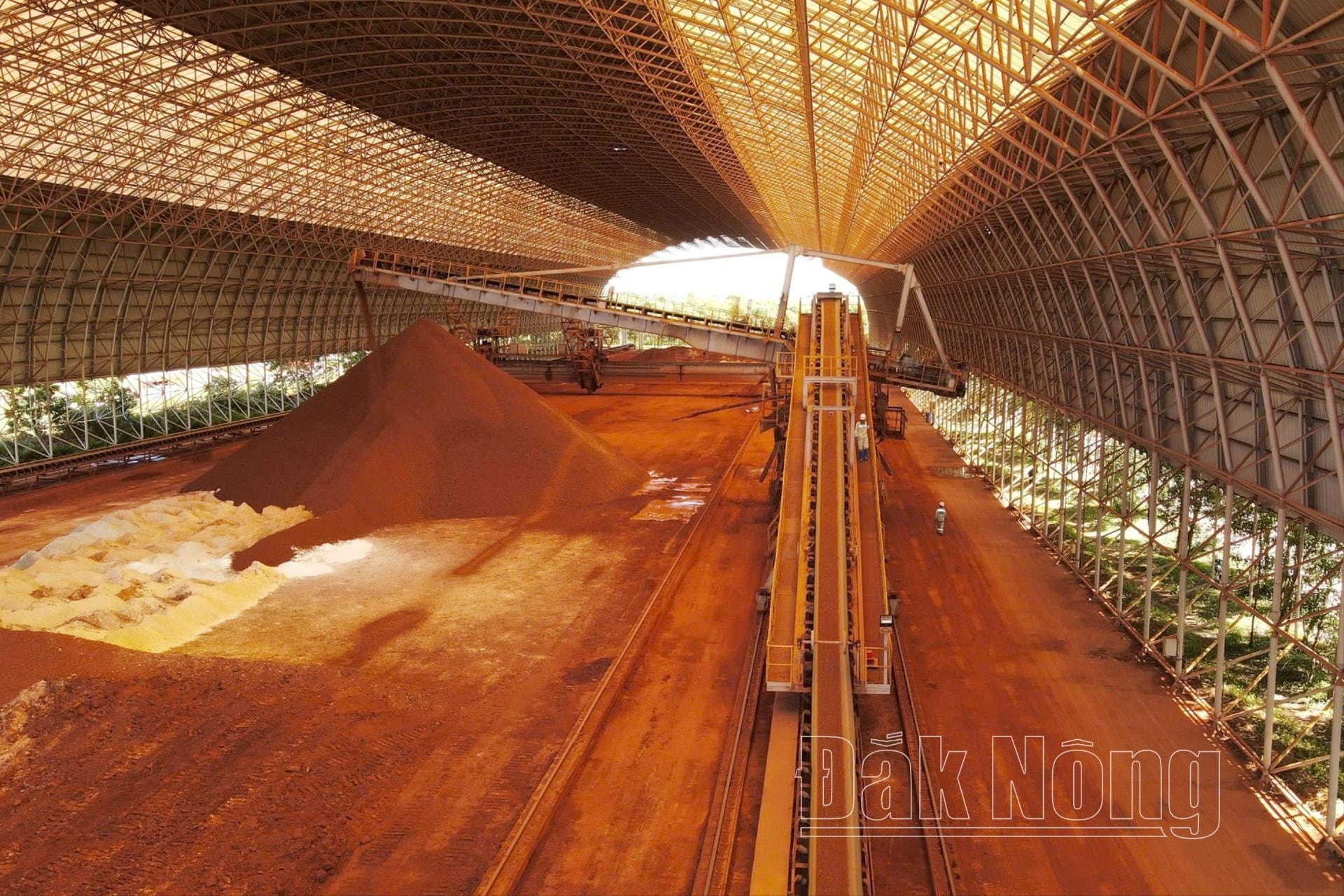
Of which, bauxite ore is over 5.4 billion tons of raw material (Dak Nong has about 4.2 billion tons; accounting for 47% of the country's bauxite reserves. Lam Dong has about 1.234 billion tons).
Lam Dong has the opportunity to become the bauxite - alumina - aluminum industrial center of Vietnam and the world. In addition to bauxite mining and aluminum processing, bauxite - aluminum complexes will export through Ke Ga seaport of Lam Dong.
Thus, the locality participates in almost the entire value chain of this industry. From mining, alumina processing, aluminum electrolysis to exporting products related to bauxite and aluminum processing.
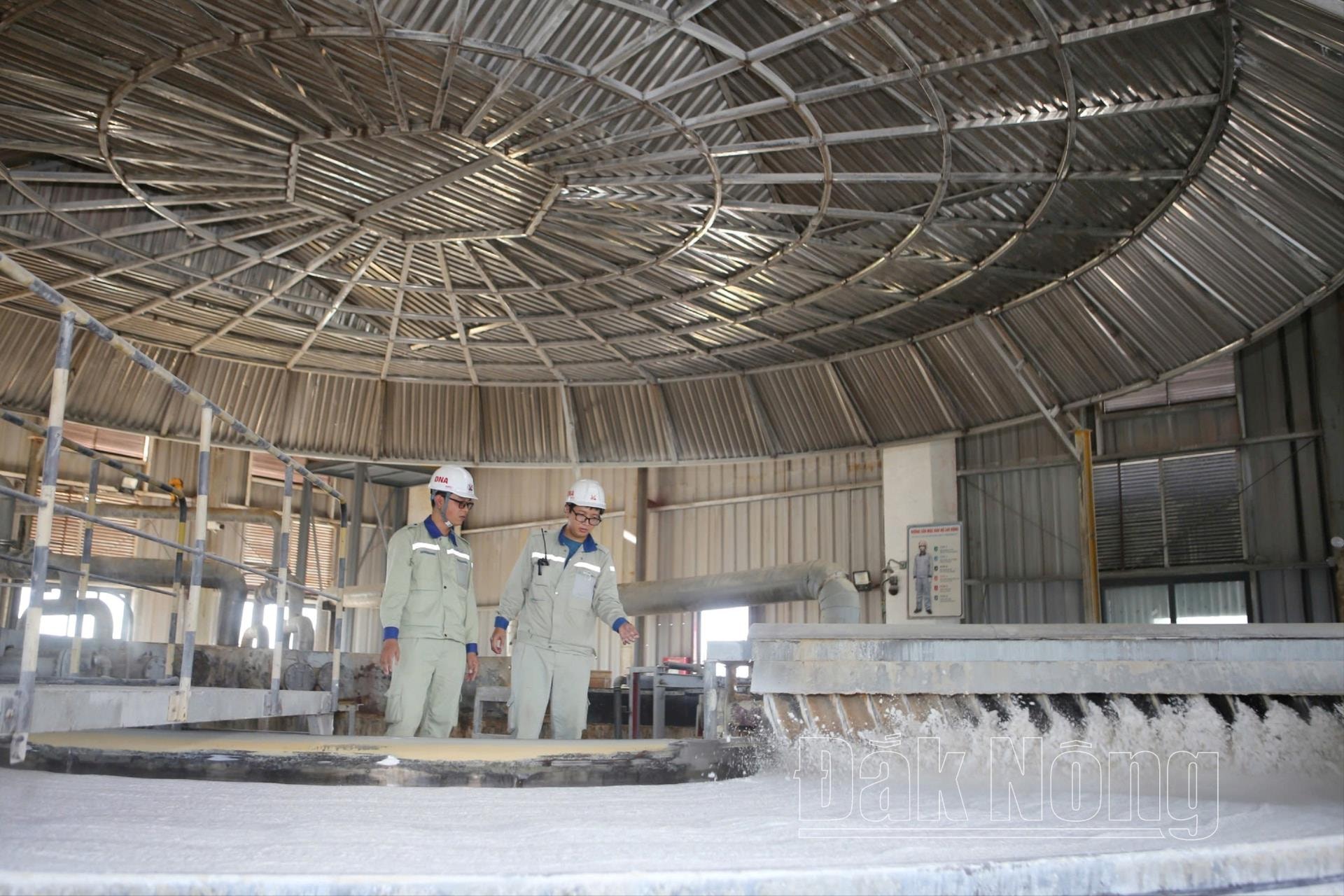
Currently, the two largest bauxite projects in Vietnam are the Lam Dong bauxite-aluminum complex (Tan Rai) and the Nhan Co Alumina Plant (Dak Nong), managed by the Vietnam National Coal-Mineral Industries Group (TKV). Both plants have a designed capacity of 650,000 tons of alumina per year.
In particular, the Bauxite Project 2 in Dak Glong district (Dak Nong) with a total investment capital of phase 1 of about 21,000 billion VND is speeding up procedures to start construction.
This project is expected to double alumina production capacity, thereby promoting supporting industries such as aluminum smelting and chemical processing.
From now on, Lam Dong will not only increase mineral reserves, but also have the conditions to optimize the value chain from bauxite mining, alumina preparation to aluminum smelting.
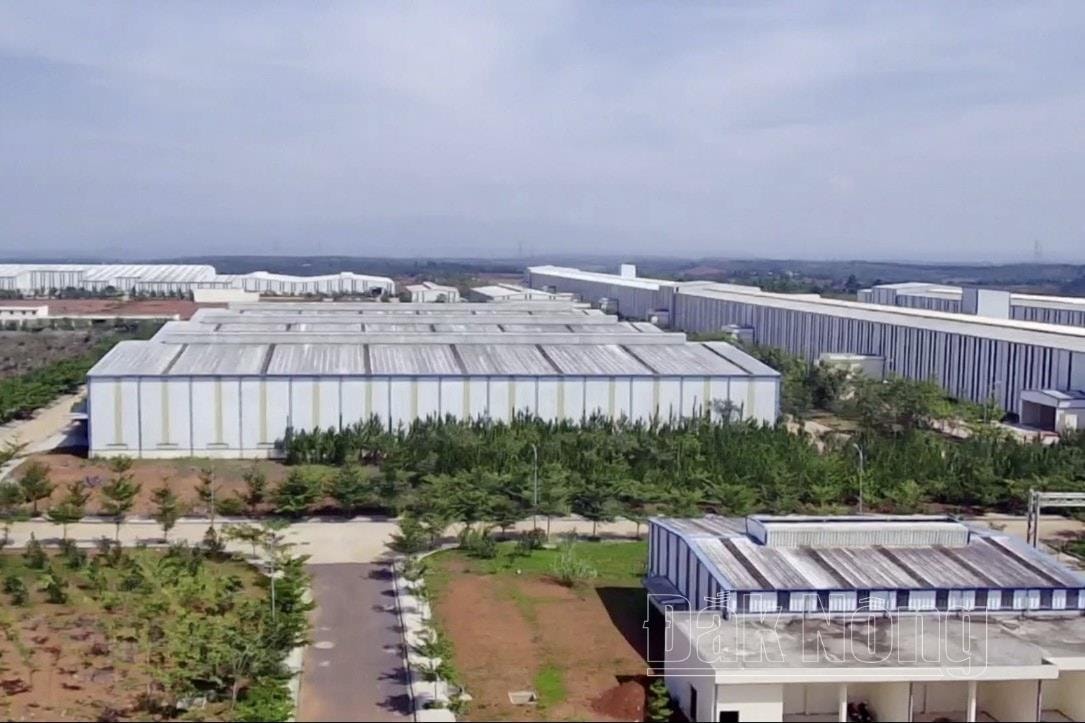
Currently, Vietnam mainly exports crude alumina to markets such as Japan, South Korea and the United Arab Emirates.
According to TKV, developing the domestic aluminum smelting industry will bring higher added value, reducing dependence on raw material exports.
Therefore, Lam Dong currently has a plan to call for investment in the bauxite - alumina - aluminum industry with many billion-dollar projects preparing to be implemented.
All of this promises the continued growth of this industry. From here, Lam Dong will move closer to becoming the national aluminum capital.
Deputy Secretary of the Provincial Party Committee and Chairman of the Dak Nong Provincial People's Committee Ho Van Muoi emphasized that with abundant bauxite reserves, after the merger, Lam Dong has great potential to develop the aluminum industry. This is a great competitive advantage in the context of Vietnam's economy deeply integrating into the international market.

Currently, the locality is proposing many solutions to invest heavily in infrastructure, especially transportation and energy. Because if properly invested, it will ensure the ability to transport raw materials and aluminum products conveniently.
The province proposed upgrading the road connecting the bauxite mining area with seaports and large industrial zones, to facilitate the export of aluminum to international markets.
In the period of 2021 - 2030, TKV aims to produce alumina output of 1.4 to 2.8 million tons. By 2030, TKV strives to produce the first ton of aluminum ingots. In the period of 2031 - 2045, TKV's alumina output will reach 4 - 6 million tons/year. Of which, 1 - 2 million tons/year will be used for aluminum electrolysis and 0.5 - 1 million tons/year will be used for aluminum ingots.
New impetus for marine economy
Along with other strengths, the marine economy is a field that brings many potential advantages to Lam Dong in the future. Lam Dong has a coastline of 192km and a fishing ground of 52,000km2.
The locality is currently conducting investigations and cataloging islands such as: Hon Cau, Hon Nghe, Hon Lao, Hai Dang - Ke Ga, Hon Ba...
Phu Quy Island Cluster is also famous for Phu Quy Island, known as a tourist paradise. The industry structure is gradually changing significantly to match this potential.

Identifying marine resources and environment as important resources for economic development, Lam Dong has had strategies to exploit and sustainably use resources and protect the marine and island environment until 2030, with a vision to 2050.
On this basis, the locality sets out the goal of exploiting and sustainably using marine and island resources. The province focuses on solutions to overcome conflicts and overlaps in the interests of exploiting and using resources among departments, branches, enterprises and the State.
From there, the province's exploitation of marine resources ensures harmony between development and environmental protection, and response to climate change.
By 2030, Lam Dong will focus on developing industrial zones such as Son My 1, Son My 2, and coastal economic zones. Islands with high-tech industries, platform technology, and source technology will also be exploited.
.jpg)
The locality develops renewable energy from offshore wind power, combining wind power with seawater electrolysis to produce hydrogen gas, exploiting energy from ocean waves and new environmentally friendly marine economic sectors.
Regarding the potential of the marine economy, Standing Vice Chairman of Binh Thuan Provincial People's Committee Phan Van Dang said that the province is completing and improving the quality of the port system.
To preserve marine biodiversity, Binh Thuan requires relevant sectors to strengthen the application of standards, norms and regulations on sustainable development, effectively preventing illegal, unreported and unregulated fishing.
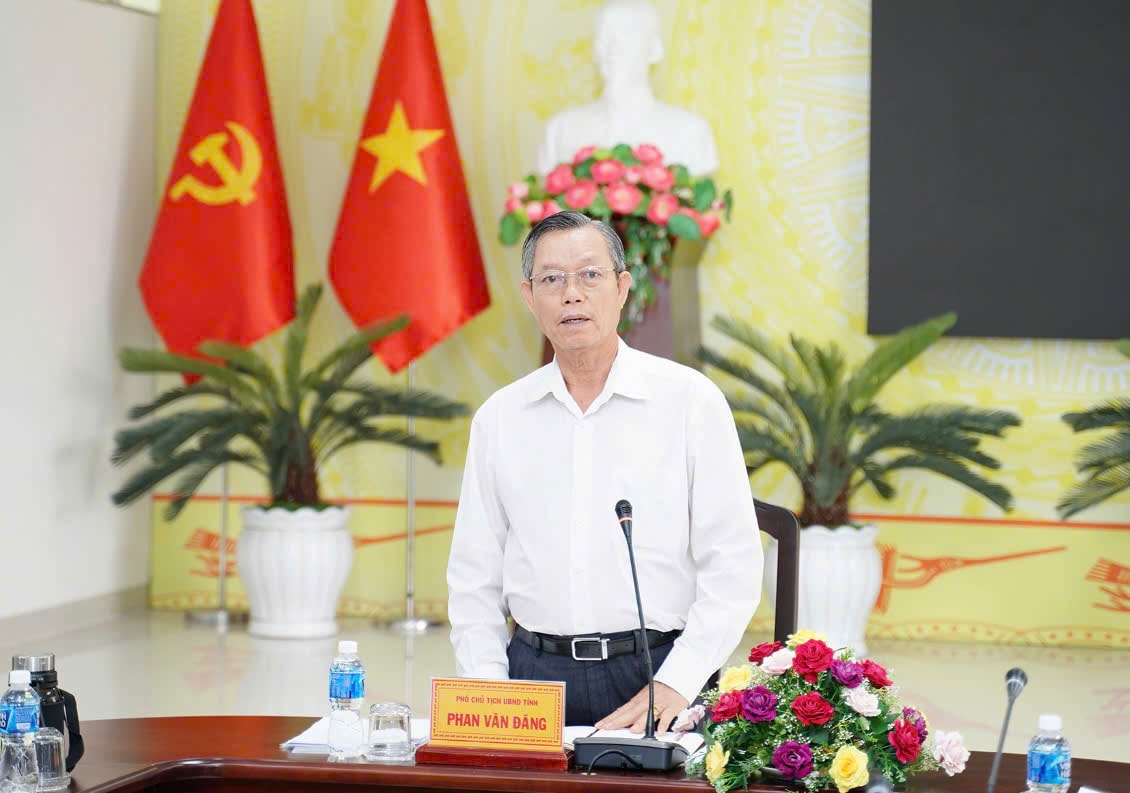
From now until 2030, Binh Thuan will have 80% of its marine areas with high biodiversity. The province will increase afforestation in coastal areas, increase forest coverage to ecologically safe levels, and ensure biodiversity of coastal forests.
Elevating high-tech agriculture
High-tech agriculture is one of Lam Dong's leading advantages. This is a locality with the largest agricultural production land area in the country, with a scale of over 1,054 million hectares (Dak Nong has about 378,000 hectares, Lam Dong has about 320,000 hectares, Binh Thuan has about 356,000 hectares).
.jpg)
The altitude of agricultural production terrain varies greatly, including the agricultural ecosystems of the Southeast and Central Highlands. This is a favorable condition for Lam Dong to develop high-tech agriculture.
The province develops the most diverse crops and livestock in the country such as: long-term industrial crops, fruit trees, vegetables, flowers, large-scale livestock farming and aquaculture...
According to Lam Dong Provincial People's Committee, the agricultural sector is implementing the common goal of focusing on building models and large-scale development in the direction of smart agriculture, high-tech agriculture and organic agriculture.
Lam Dong's agricultural sector continues to expand the scope and area of application of high technology, promote organic agricultural production, and gradually develop circular agriculture...
.jpg)
Lam Dong province is promoting the application of digital transformation in the field of rural agriculture; developing smart agricultural models applying digital technology in rural agriculture.
It can be affirmed that the unification of Dak Nong, Lam Dong, and Binh Thuan is a big, strategic, and bold step. If planned properly, with a clear roadmap and putting the people's interests first, this will be a strong push to open up a future of equal, modern, and sustainable development.
A new land is taking shape, not only in terms of administrative geography, but also as a symbol of a long-term vision in creating a national development space.
Source: https://baobinhthuan.com.vn/dak-nong-lam-dong-binh-thuan-vuon-minh-voi-khong-gian-phat-trien-moi-130271.html


![[Photo] More than 17,000 candidates participate in the 2025 SPT Competency Assessment Test of Hanoi National University of Education](https://vphoto.vietnam.vn/thumb/1200x675/vietnam/resource/IMAGE/2025/5/17/e538d9a1636c407cbb211b314e6303fd)


![[Photo] General Secretary To Lam visits exhibition of achievements in private economic development](https://vphoto.vietnam.vn/thumb/1200x675/vietnam/resource/IMAGE/2025/5/18/1809dc545f214a86911fe2d2d0fde2e8)

![[Photo] National conference to disseminate and implement Resolution No. 66-NQ/TW and Resolution No. 68-NQ/TW of the Politburo](https://vphoto.vietnam.vn/thumb/1200x675/vietnam/resource/IMAGE/2025/5/18/adf666b9303a4213998b395b05234b6a)




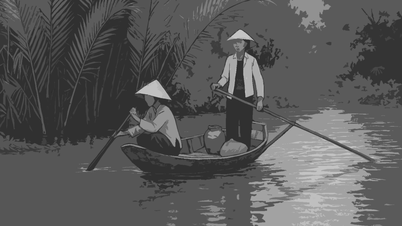




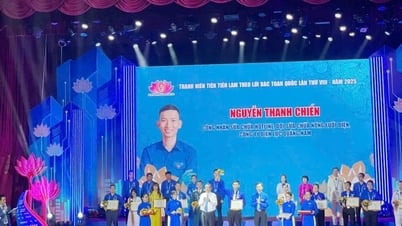





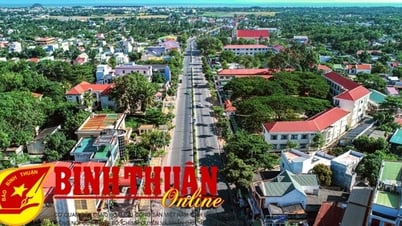
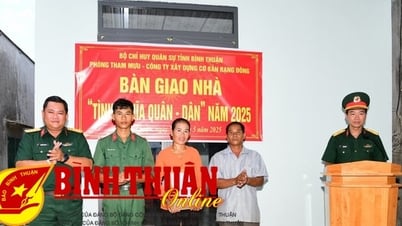


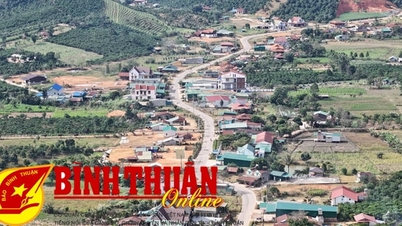

![[Photo] Prime Minister Pham Minh Chinh chairs meeting on science and technology development](https://vphoto.vietnam.vn/thumb/1200x675/vietnam/resource/IMAGE/2025/5/17/ae80dd74c384439789b12013c738a045)














































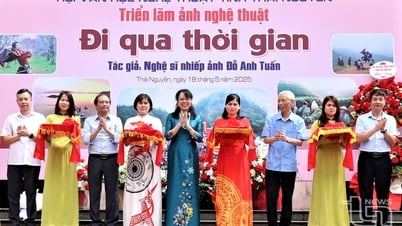

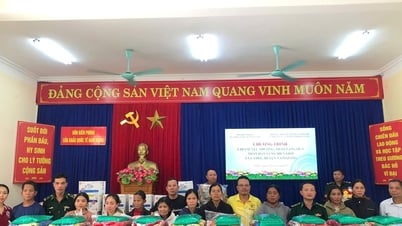
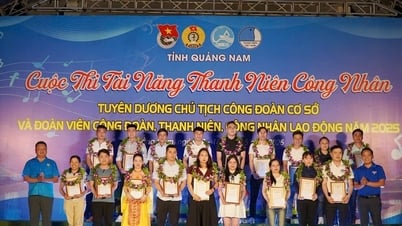








Comment (0)